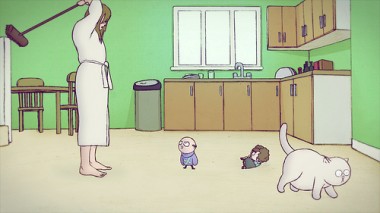All Consuming Love (Man in a Cat): Interview & Full Short Film
‘Man in a Cat’ was thought up by Louis whilst at university where he produced a tester trailer that now has accumulated thousands of hits. The story focuses on a love triangle between a woman, her cat and the little man who lives inside the cat.
Played by Kevin Eldon, Yorkie Pilgrim is a tiny man who lives inside a cat with only his knitting to pass the time, until he spots Michelle and quickly becomes besotted. Little do either of them know that it is no mouse that has forced Michelle to have the cat, but another miniature person, Susan, just like Yorkie.
Louis comments that he has “always been obsessed by outsiders” because “their unexplained actions can seem random, but occasionally they will become obsessed by something just because it seems interesting at the time.”
He adds that the “film is about how dysfunctional outsiders do a lot of misunderstood things. The love story in this film brings the Man in the cat into a situation where normal people can actually sympathise with him.”
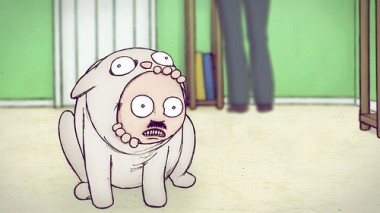
Where did the idea for Man In A Cat stem from? Whilst the original idea for ‘Man In A Cat’ stemmed from this silly pic (see below) the cat’s personality and mannerisms are pretty much stolen from my family’s own massively overweight cat, Lucy Hudson, aka Mrs Cat.
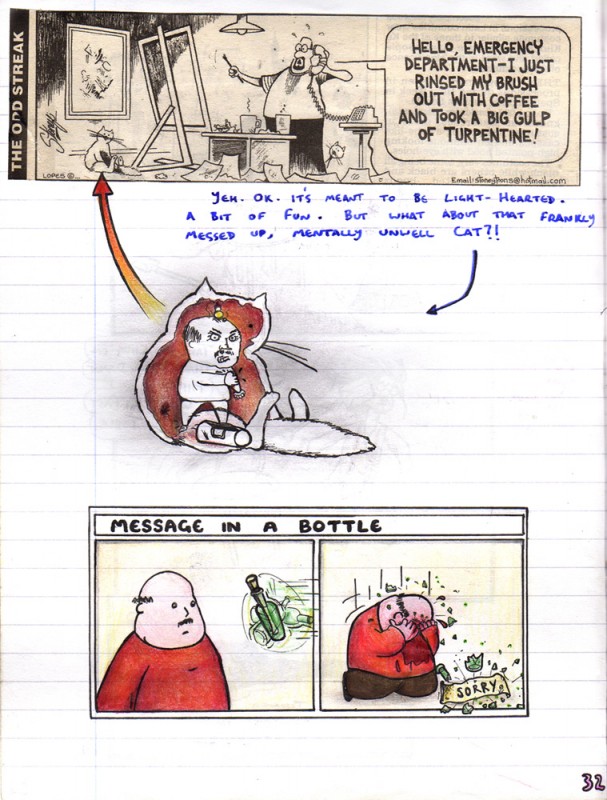
How did you create the animations?
The bulk of the character animation was full animation drawn straight into flash, with a couple of people using Toon Boom. Everyone was working remotely online using Dropbox. Initially those drawings were being traced and shaded with pencil onto paper to give it a handmade quality. But, down the line I realised that this process needed too much time and it was hard work to retain the life of the original drawings.
Eventually, After Effects was used to make the line animation look pencilly. This meant the character colouring and effects could be done quickly in Flash too. We still used the tracing technique to do most of the shading, but there are even shots where that was done in Flash and After Effects too. It was a bit of a journey to find how far you could get away with emulating that hand drawn quality. I think in the end the different techniques marry up pretty smoothly.
Michelle, the normal sized woman, was mostly rotoscoped. A lot of the video footage was distorted, sped up or slowed down to enhance the timings and make the movements more cartoonish to make it fit in with the other characters. The idea behind that style choice was to make a deliberate rift between her and the small characters. Also, giving her more realistic movement places the story in a definite human environment. Again this started on paper, but it became apparent that the results using Flash were quicker, more accurate and resulted in much better acting.
All of the backgrounds were drawn on paper and tarted up in Photoshop, and then everything was composited and graded in After Effects.
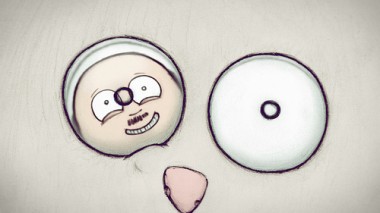
Did you face many challenges whilst producing the film?
Loads! Story and pre-production-wise the film went pretty smoothly, but I’ve never worked on something that seemed so cursed. Mainly because the budget was stretched so thin and relied on the charity and talent of about 40 people to get this done. Most of the people involved on the film weren’t even based in the same city – some weren’t in the same country – so the logistics of working on complicated full animation online could get quite stressful. This is why the animation ended up being done mostly in Flash, it just made the work flow a lot simpler and more flexible.
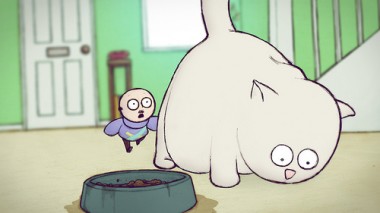
What are you most proud of about it?
Having only just finished the film it’s easy to get hung up on all the things you wish you’d done differently, but after thinking about it there are a few things we really are proud of. We managed to pull off a really ambitious film when it would have been easy to put limits on ourselves and scale down our ambitions. We managed to make a film based on a strange concept that actually has a proper ending. Not many ‘Big Idea’ films manage that.
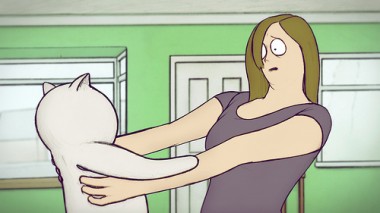
In the production of MIAC you take on many roles (writer, director, producer), was this a difficult jump for you?
Yes. But that’s how I wanted it, this film has been in my head for years now and it had to be made a certain way. Animators by default are control freaks, and it was also a chance for me to get a feel for all of these different roles. I’m still at the start of my career and it was pretty important for me to get those insights while I can – even if it did nearly kill me.
Obviously I wasn’t alone either. Ian [Ravenscroft] and I worked away at the script together and he was always there to consult with. Jon Petrie, our co-producer, was the constant reminder that this was still a comedy film, and we couldn’t have made it anywhere near as professionally without him.
The main problem with taking on so much alone meant that everything took longer, and came in 6 months late. A lot of credit has to go to Dan Lawson and Simon Flynn at Screen WM for having the patience and faith for letting me do that. I know they were under a lot of pressure from their side.
I can’t see myself taking on that many things at once again, although, I probably will.
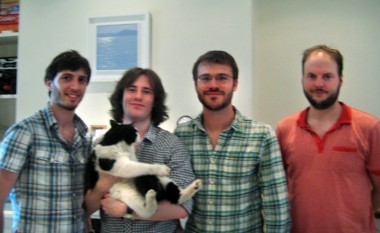
During the film you worked with some big names like Kevin Eldon (Brass Eye, Big Train, Hot Fuzz), Josie Long (2006 Edinburgh Comedy Award Best Newcomer) and Isabel Fay (How Not To Live Your Life). What was it like working with the three of them?
It was incredible. I hadn’t met either Kevin, Josie or Isabel until the day of recording so I had no idea how the working relationship was going to pan out. But Kevin came in joking and doing impressions of the cabbie who drove him over. He’s just a pro. We were workshopping the voices in the hour we had before starting proper and it all flowed from there.
Josie is better known for stand up than acting, but her character in the film brings nearly all of the pathos and I think she came out as the shining star in this. There was a point in the recording where she just accessed something and we all had a bit of a lump in our throats.
Isabel was really bubbly and brought exactly what we needed to the film – particularly screaming. The film was recorded in the same way to how a lot of radio plays are recorded, so it was all recorded on location. Which meant by the time we were recording Isabel’s part, five of us were squeezed into a bathroom, with Isabel in the shower screaming at full volume several times in a row. My ears still hurt thinking about it. Ben Walker, our fantastic sound guy, had cleverly pre-warned the neighbours that we weren’t in fact committing blue-bloody murder.
